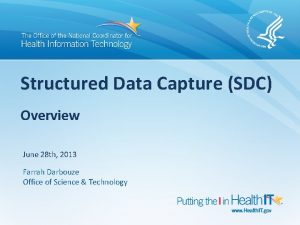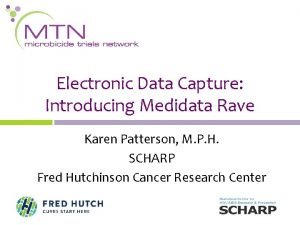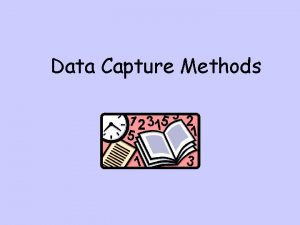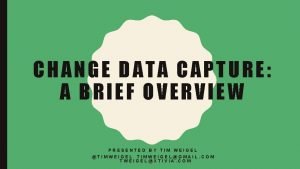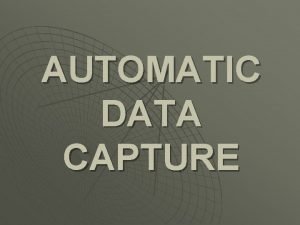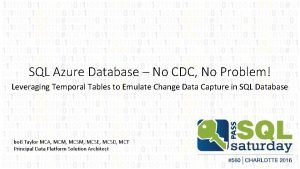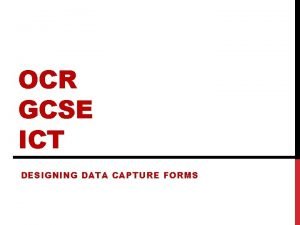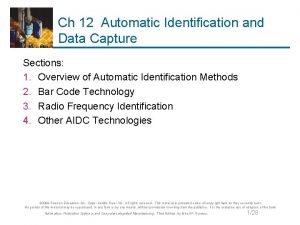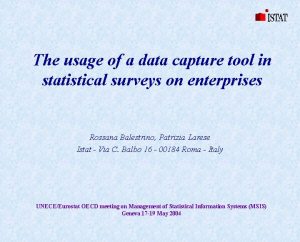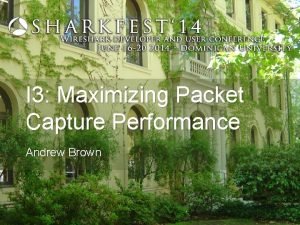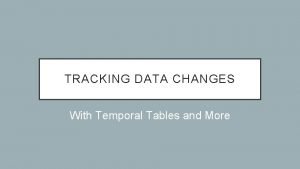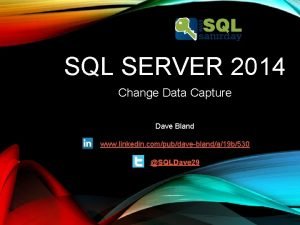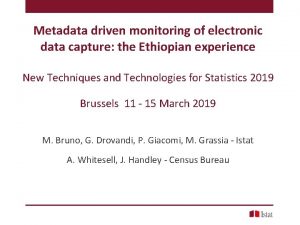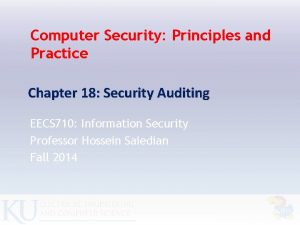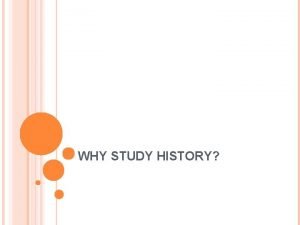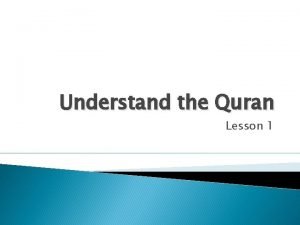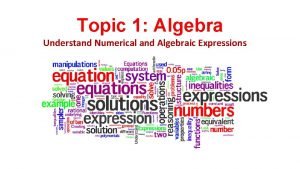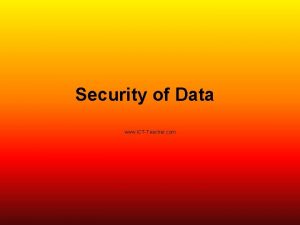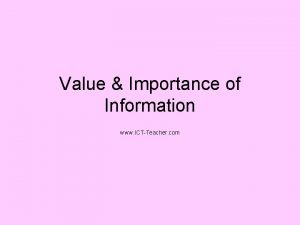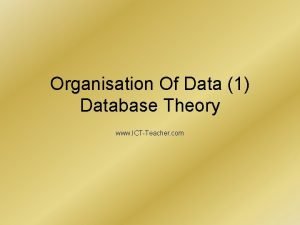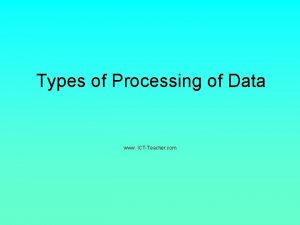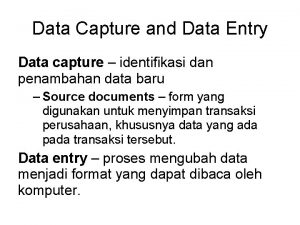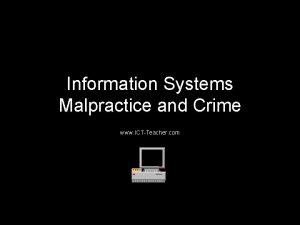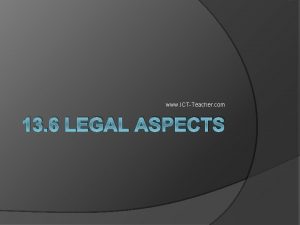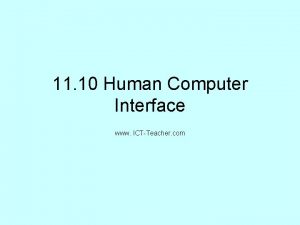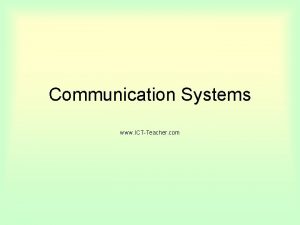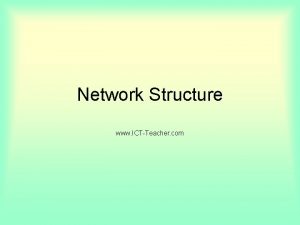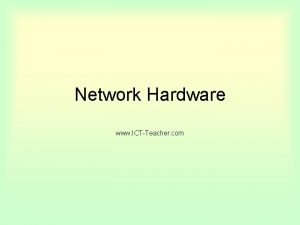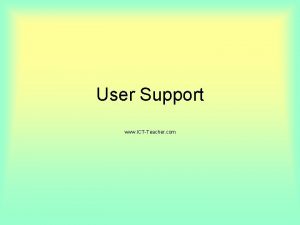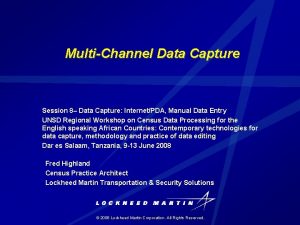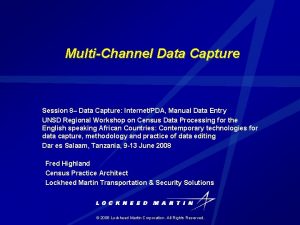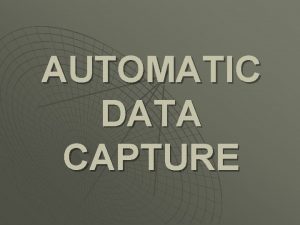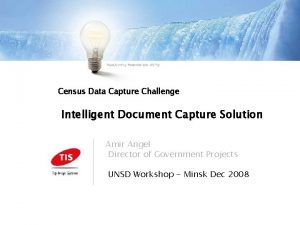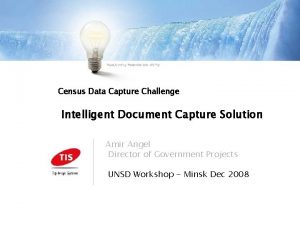Data Capture www ICTTeacher com Data Capture Understand





















- Slides: 21

Data Capture www. ICT-Teacher. com

Data Capture • Understand the concept of data encoding. • Describe methods of data capture and identify appropriate contexts for their use.

Collecting Data • Data is collected, entered into and processed by the computer. To make the data acceptable for computer reading it needs to be encoded. • Transforming the data into a computer readable form and entering it takes time so methods are used to reduce this time as much as possible. • Consider the difference between finding the precise results from reading 20 essays on why housewives buy a certain brand of ‘Soap Powder’, and reading from 20 questionnaires where answer boxes are ticked!


Errors • The first example of trying to find the relevant information from an essay or letter may lead to many errors and the results would be unreliable. • Reading direct from tick boxes should produce fewer errors as the data is in a much more user / computer friendly form. • Why is the second example a more computer friendly form? • What possible mistakes could be made by operators entering data into a computer?

• Human involvement when kept to a minimum results in fewer errors. • Keyboard entry used to be the main source of input, but other methods are becoming more reliable: • Optical Character Recognition (OCR); • Bar Code reading; • Magnetic Ink Character Recognition (MICR); • Optical Mark Recognition (OMR); • Speech Recognition; • Magnetic Strip Readers; • Speech Recognition; • Sensors; Touch-screens; Mouse; etc.

Optical Character Recognition (OCR) • This method of input is a form of scanning the printed material. • The printed characters are recognised by the computer from the light reflected. • The part of the form where the light is not reflected back forms the image of the character. • The software used actually reads the image and compares it with its own database of images / characters, and if recognised converts the image to a character that is saved in the computer, where it can be manipulated using a Word Processor. • Problems may arise if the original document is not the original – clarity; it may need spellchecking or proofreading.



Bar Code Reading • This method of input is a form of scanning the bar code. • The black bars have different widths, and are recognised by the computer from the light reflected. • The saved image is read against a decoder and made into a number or a character from the database of the software. • Bar coding is used everyday in shops and supermarkets where the item of stock is read for stocktaking purposes and a price is sent to the tills. • This removes the possible errors of keying in the wrong price etc.


Magnetic Ink Character Recognition (MICR) • Magnetic Ink characters on forms are printed with special magnetic ink. • When scanned with a Magnetic Ink Character Reader the magnetic patterns are read and decoded by the software. • This is a secure system but very complex and costly, making it difficult and expensive to forge. • It may be seen on the bottom of bank cheques as a series of numbers. When cheques are presented to a bank the amount written is also copied in below in MICR for added security. • The benefit of this method is humans can also read the numbers and characters they are not in a code.


Optical Mark Recognition (OMR) • This method of input is a form of scanning a document with shaded parts in pre allocated spaces. • The Optical Mark Recognition scans the form and records the shaded areas and their positions. • This is used mainly for data capture, where the answer to a question is in the form of a shaded box, and are used for the lottery, football pools etc. • Problems may occur if the shaded area contains a tick or a line, it may not be recognised, problems with folded sheets may also cause a misreading.


Magnetic Strip Readers • This method of input is a form of reading from the magnetic strip of data from the back of a card. • The card is swiped through a reader and is often called a ‘swipe card’. • Stores use this type of card as a loyalty card, and banks as a credit / debit card. • Information stored may include loyalty points, credit limits, and balances, etc.


Speech Recognition • This method of input is much faster than keyboard entry, people can speak faster than typing. • The software has to be trained to the users spoken word which takes time to set up, and the words need to be spoken clearly with mini breaks between words, which slows everything up. • It does allow processors with lower skills to use this system, and makes the flow of documents through an organisation more efficient without the wait for letters etc to be typed out.

Sensors • Sensors are used in capturing data by reading a situation every allocated time. The sensor is connect to a computer which reads the data sent and acts on certain readings. • A shop security system may use infrared sensors to detect movement, readings are sent every 10 th of a second. If the beam is broken a a different reading is sent to the computer causing an alarm to ring. • Other examples are: – a flood warning device, – temperature warning device, – pressure device in a busy road monitoring the amount of traffic, – a speed calming camera.


Other Devices • Keyboard, and mouse. • Touch screens. • Touch – type telephones for selecting the right service before speaking to an operator.
 Bài thơ mẹ đi làm từ sáng sớm
Bài thơ mẹ đi làm từ sáng sớm Cơm
Cơm To understand recursion you must understand recursion
To understand recursion you must understand recursion Structured data capture
Structured data capture Medidata electronic data capture
Medidata electronic data capture Data capture method
Data capture method Change data capture techniques
Change data capture techniques Automatic data capture
Automatic data capture Cdc azure
Cdc azure Text data capture forms
Text data capture forms Automatic data capture methods
Automatic data capture methods Data capture tool
Data capture tool Brown data capture
Brown data capture Sql server change data capture vs temporal tables
Sql server change data capture vs temporal tables Sys.sp_cdc_change_job
Sys.sp_cdc_change_job Electronic data capture process flow
Electronic data capture process flow Interposable libraries
Interposable libraries History helps us understand people and societies.
History helps us understand people and societies. Surat tasmiyah
Surat tasmiyah Understand quran
Understand quran Understand quran and salah the easy way
Understand quran and salah the easy way Understand algebraic expressions
Understand algebraic expressions



